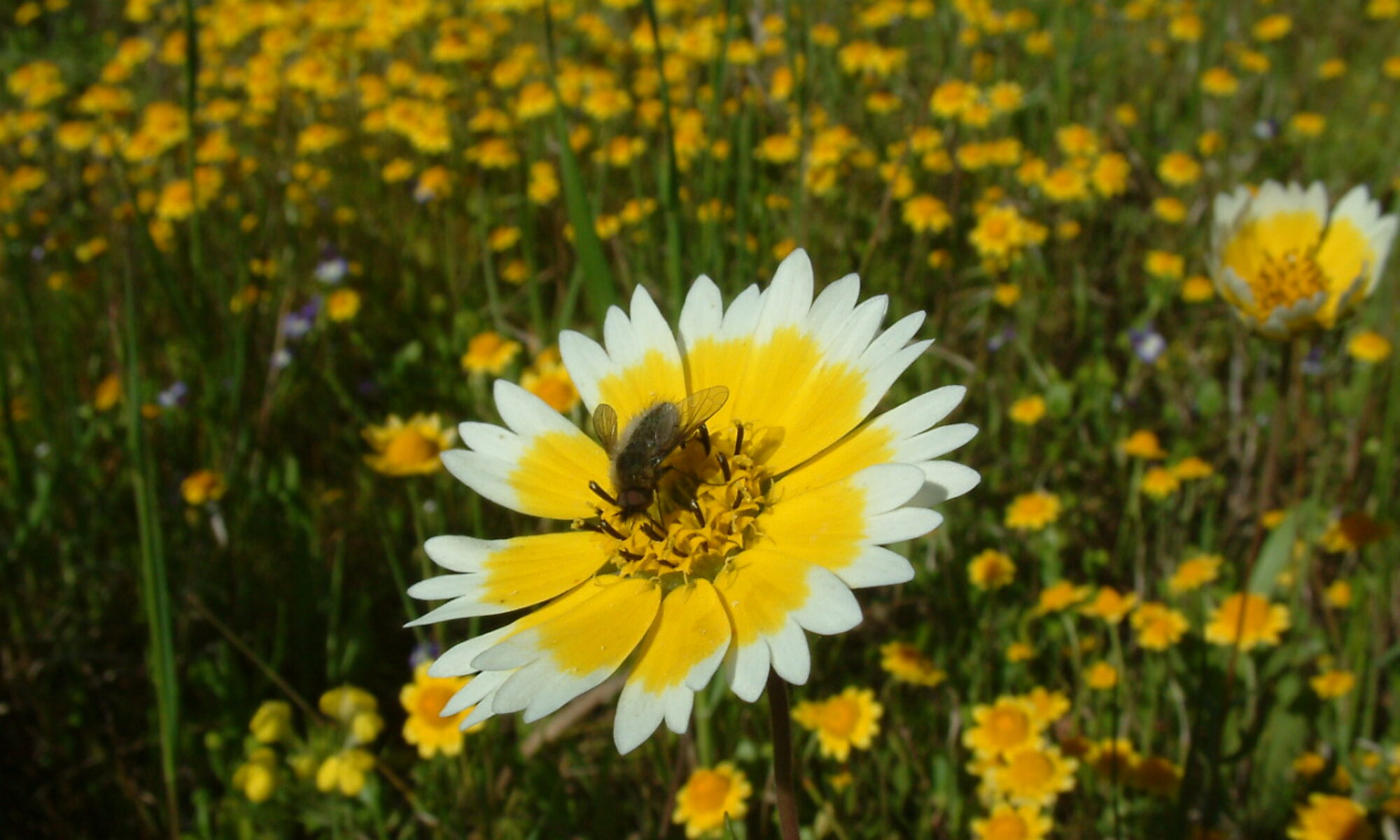Currently, a major global concern is to establish effective methodologies to conserve and maintain our planet’s biodiversity. Most importantly, we also want to be able to sustainably exploit those natural resources that are of direct benefit for human societies. The conservation and study of species’ genetic resources is an essential strategy for this purpose.
American Bamboo genetic resources in Colombia
My first research experience in conservation genetics was evaluating the genetic variability of Guadua angustifolia (American Bamboo) using microsatellite markers. The American Bamboo is an important economic lumber resource in Latin America, because it is used to stabilize building infrastructure during earthquakes. G. angustifolia reproduces, mainly asexually through their rhizomes. Therefore, one single bamboo forest could be composed of clones of a single, unique genotype. The main goal of this project was to obtain the knowledge and tools to guide restoration and ex-situ conservation efforts of the genetic resources of G. angustifolia. As part of my Bachelor’s thesis project, I standardized and evaluated the degree of polymorphism of microsatellites discovered in G. angustofolia. These markers were used to evaluate the degree of genetic diversity and patterns of relatedness among germplam accessions throughout the G. angustifolia geographic range in Colombia. Additionally, using a set of 26 microsatellites we screened several natural forests of Guadua across the Valle del Cauca province to understand the patterns of genetic diversity and distribution among natural populations. Both of these projects were done under the supervision of Dr. Heiber Cardenas and Msc Ivan Gonzalez in collaboration with INCIVA, the Alexander von Humboldt biological resources research institute and Carlos Perez from Universidad Santiago de Cali. These studies were informative for the government management efforts to protect and restore the bamboo forests in Colombia.
Genetic Characterization of wild cultivars and species of cassava in Colombia
As part of the Alexander von Humboldt Biological Resources Research Institute we evaluated the genetic diversity wild cultivars of yuca (Manihot sp) in the Colombian Amazon and Orinoquia, as well as the levels of introgression from the wild relatives into the common crop Manihot esculenta. This study was part of the Colombian government initiative to identify the country’s strengths in implementing the Biodiversity Protocol of Cartagena. (https://www.thegef.org/project/capacity-building-implementation-cartagena-protocol)










